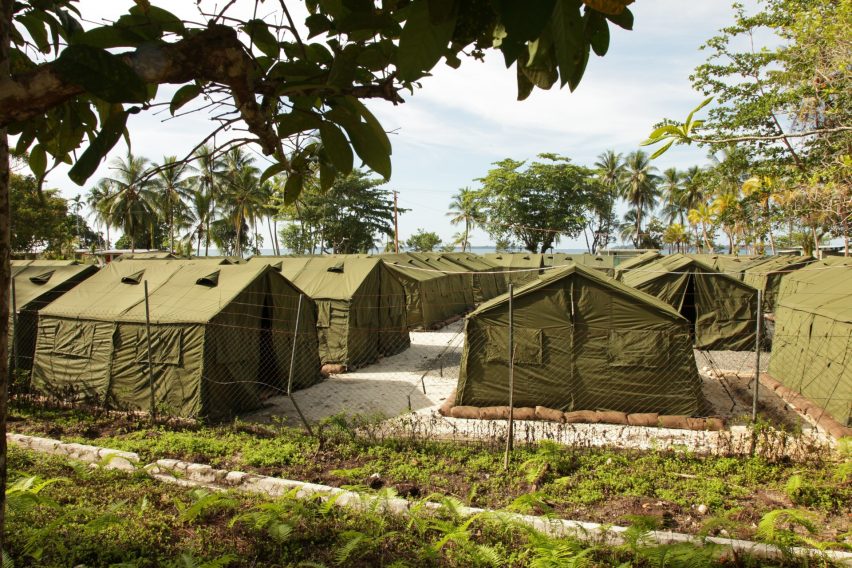Refugees welcome in the ACT
The Federal Government’s decision to accept 12,000 additional refugees from Syria this year – albeit after some pressure from its own backbench and the Labor party – is the right one. But our overall refugee policy still needs work.
How many refugees we should permanently settle in Australia every year? Over the last few decades, we have accepted an average of 0.5 refugees per 1000 Australia citizens, per year. To put this in perspective, this proportionately amounts to 180 refugees settling in Canberra every year – hardly unmanageable.
As a wealthy country, I think Australia should set a formal resettlement target of 1 refugee in Australia per 1000 citizens each year. This would allow our refugee intake to increase naturally and gradually over time.
Given the Territory Government’s recent declaration of the ACT as a Refugee Welcome Zone, we can do better right here in Canberra. By publically adopting a ‘1 per 1000’ target for refugee resettlement, the ACT Government would be taking the lead nationally. Our local refugee support services have noted “there is a lot of capacity in our community” to accept additional refugees – 350 refugees per year would be very achievable.
We should also fight harder against the use of offshore detention. The key obligations of Australia under the Refugee Convention are to house refugees in safe, clean, and reasonably comfortable accommodation, and never to send them back to the country from which they fled (either directly or indirectly) while a fear of persecution remains.
Offshore processing has consistently failed the first of these tests with many stories of mental illness, abuse, hunger strikes, and rioting documented. Indeed as Waleed Aly noted, the purpose of offshore processing is solely to be as unpleasant as possible.
In a legal sense, offshore processing serves no purpose at all. All unauthorised maritime arrivals are now treated equally under migration law whether they are ever brought to the mainland or not, and Australia’s obligations under the Refugee Convention remain the same. During 2001 – 2007, the last time regional processing was operating, more than 60% of refugees were eventually resettled in Australia anyway.
The use of offshore, prison-like detention facilities to house some of the world’s most desperate people is unworthy of Australians’ generosity and unjustified based on their actions. These facilities should be closed immediately.
As an alternative, Julian Burnside’s proposal to use Tasmania as an asylum-seeker processing centre provides many real benefits. Essentially a whole-of-State expansion of community detention arrangements, it would allow the struggling Tasmanian economy to benefit from hundreds of millions of dollars in additional construction, education, and social support programs operating in the country. Refugees would be obliged to stay in Tasmania (or other regional areas designated by the government) unless dispensation were granted, but otherwise they would be free to participate in the community.
Any ‘Tasmanian option’ would be money far better spent than the $1.2 billion we currently spend annually on processing refugees in Nauru and PNG. The evidence is clear that community detention is both cheaper and far better health-wise for refugees and asylum-seekers. Community detention arrangements should be the norm, with detention to a building or cell only done where people commit a crime or breach their visa conditions of release.
Refugees are a net benefit to Australia in the long run. However, studies estimate a 12 year lag before their contribution is a net positive. After 20 years the productivity benefit of both refugee and non-refugee migrants is virtually the same. Because of this long lag time, most experts recommend evaluating migration programs by the second generation test – that is, by how successful and productive the children of migrants are in Australia.

